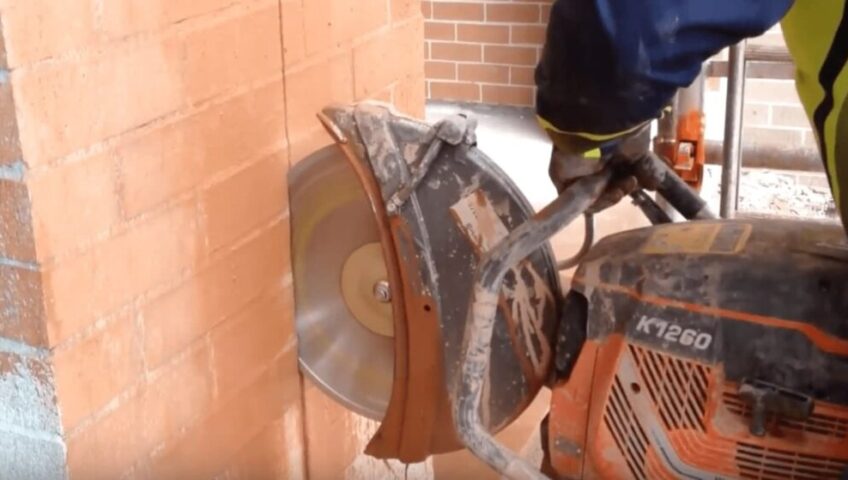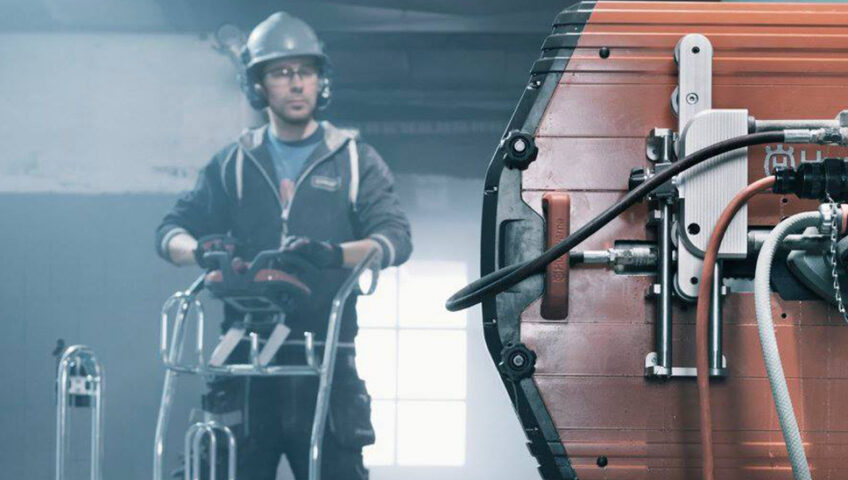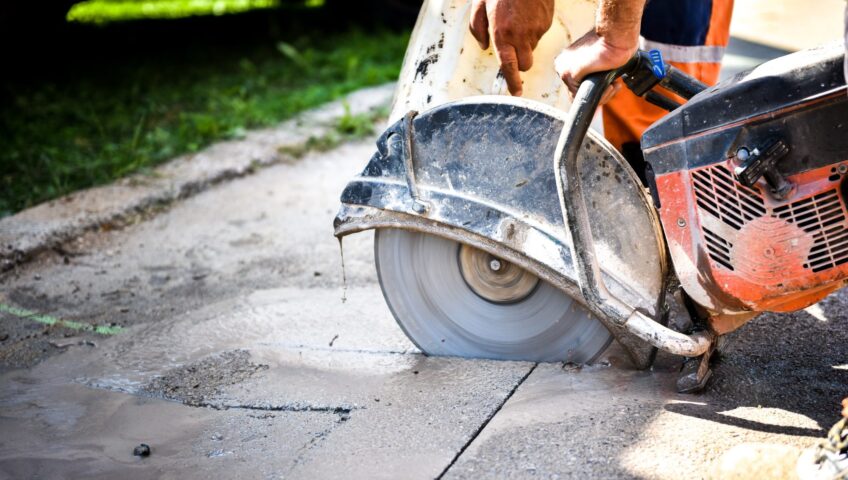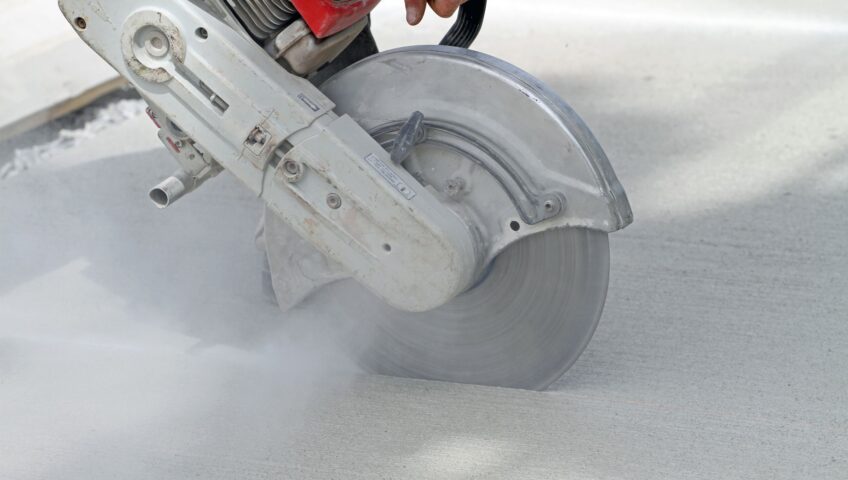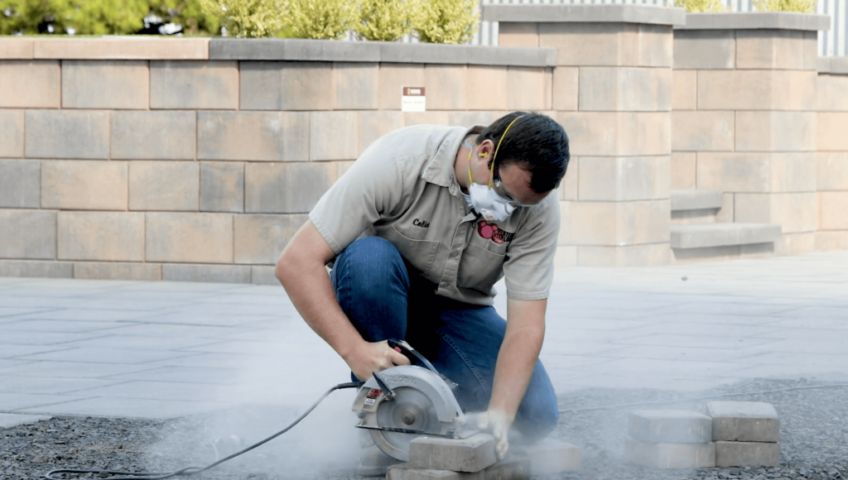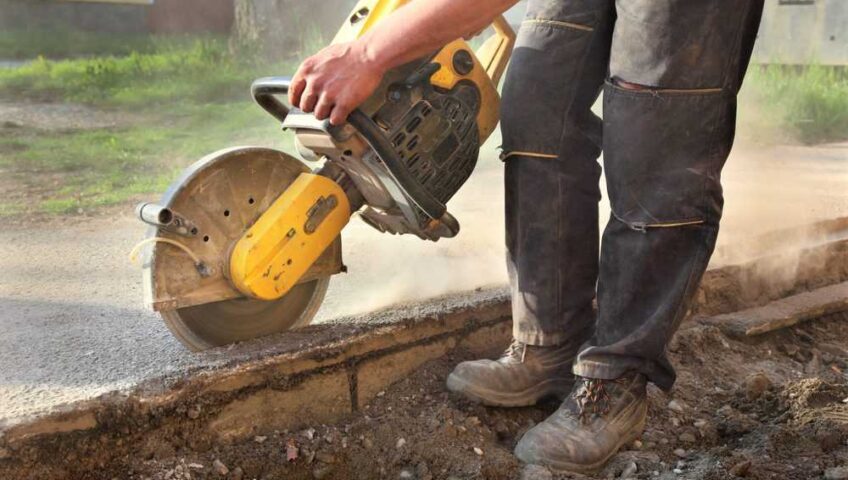Concrete Cutting and the Environment: Understanding the Impact and Ways to Minimize It
Introduction
Concrete cutting is a critical operation in the construction industry, playing a vital role in shaping, remodeling, and demolishing concrete structures. However, like many construction processes, concrete cutting can have environmental implications. This article will explore these impacts and suggest strategies to mitigate them, underscoring the importance of sustainable practices in the construction industry.
Environmental Impacts of Concrete Cutting
- Dust Emissions: Concrete cutting generates a significant amount of dust, which can affect air quality. Prolonged exposure to concrete dust can have harmful health effects, such as respiratory problems. It can also contribute to general air pollution.
- Noise Pollution: Concrete cutting operations are often loud and can cause noise pollution, impacting both humans and wildlife in the area.
- Water Use: Wet cutting techniques use water to cool the cutting blade and control dust. However, improper management can lead to wasteful water consumption.
- Waste Generation: The concrete cutting process can generate a significant amount of waste material. If not properly managed, this waste can end up in landfills, contributing to their expansion.
Mitigating Environmental Impacts
- Dust Control: Using wet cutting methods can drastically reduce dust emissions. Additionally, employing dust extraction systems or protective enclosures can further control dust spread. Workers should also be equipped with appropriate personal protective equipment to minimize health risks.
- Noise Reduction: Using modern equipment designed to reduce noise can help mitigate noise pollution. Additionally, scheduling cutting operations during regular working hours and informing surrounding residents in advance can help manage noise impacts.
- Efficient Water Use: Implement a water management plan to use water more efficiently during wet cutting operations. This could include recycling water or employing water-saving devices.
- Waste Management: Waste material from concrete cutting should be properly managed. Instead of sending waste to landfills, consider recycling opportunities. Crushed concrete can be reused in a variety of construction applications, such as road base or backfill.
- Choose Sustainable Companies: If you’re hiring a concrete cutting service, opt for companies that prioritize environmentally-friendly practices. These could include the use of electric equipment, strict dust control measures, and waste recycling programs.
Conclusion
While concrete cutting is necessary for many construction projects, it’s essential to understand its environmental impact and implement strategies to mitigate these effects. By controlling dust emissions, reducing noise pollution, managing water use, and implementing effective waste management practices, we can promote a more sustainable construction industry. Remember, every step towards sustainability, no matter how small, contributes to a healthier environment and a better future.


